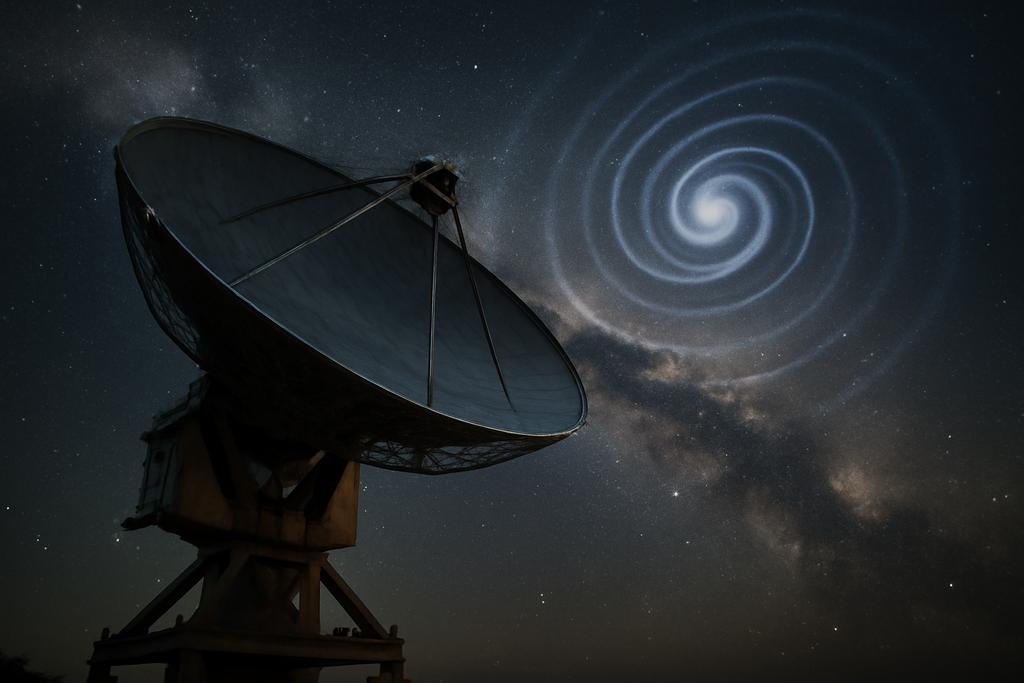In the wake of recent whispers from the cosmos, a chorus of pulsars has begun to reveal a faint, pervasive hum: a stochastic gravitational wave background that permeates the universe in the nanohertz range. It’s not a single loud note but a whole orchestra of gravitational waves, each source lending its subtle tremor to the grand soundtrack of spacetime. The first hints of that background have sparked a wave of curiosity across astronomy and physics, inviting researchers to probe not just the background itself but the possible detours and detours it might take—signals and signatures that lie beyond the familiar pattern predicted by general relativity.
The study I’m shaping this piece around comes from a collaboration anchored in two institutions: Columbia University and Oregon State University. Led by Heling Deng, with coauthors Xavier Siemens and Rand Burnette, the team investigates a practical way to scout for those beyond-HD features without collapsing under the computational weight of a full-blown Bayesian search. Their tool is elegance itself in practical disguise: likelihood reweighting. It promises to screen a family of beyond-Hellings-Downs models quickly—using samples already drawn from the fiducial model and a clever, adaptive way to reweight them as if they were tailored for the new hypothesis.
Think of it as reusing a wardrobe you already own, but rearranging the outfits just enough to test a new occasion. If the new scenario is only a small perturbation of the old one, you might not need a whole new shopping trip. That’s the intuition behind likelihood reweighting: you start from what you know well—the fiducial stochastic background with its characteristic correlations across pulsars—and you overlay a new feature, compute how much more or less likely it becomes, and then decide whether the new feature deserves a full, fresh analytics sprint. The authors emphasize that while the method is not a magic wand, it can dramatically cut the time to screening, sometimes by an order of magnitude, and it can flag where a deeper dive is warranted.
So who are the people behind this? The work bridges astronomy and physics, with Deng’s group based at Columbia University’s Department of Astronomy and Siemens and Burnette working from the physics and astronomy communities at Oregon State University. The collaboration shows what happens when researchers who routinely treat giant data sets and complex physical models collaborate across universities to tackle a practical problem: how to test new physics ideas against real, messy data without getting bogged down by computation.










